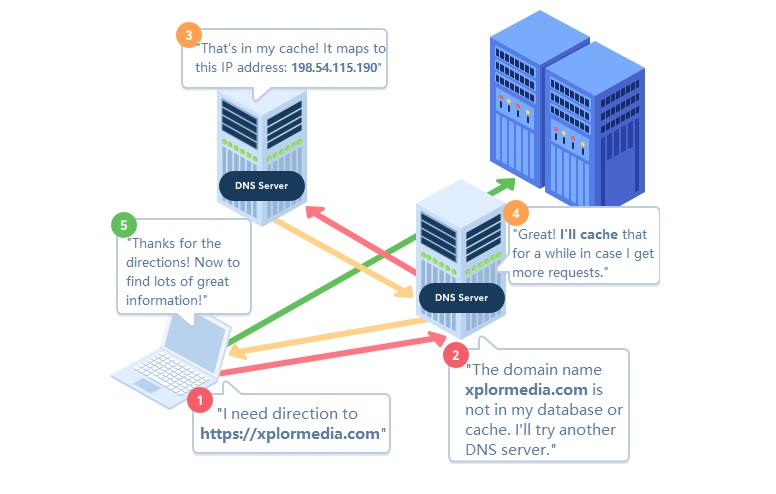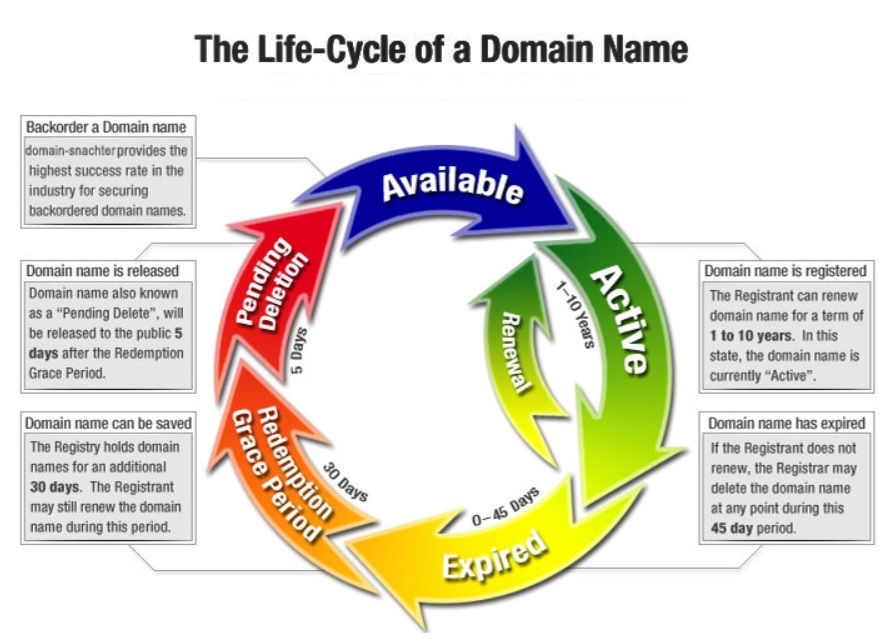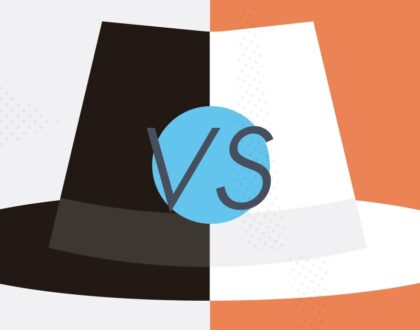Insightful Domain Facts And Stats [#Infographic]
If someone wants to visit your home the first thing you tell them is your address. Now imagine a house without any address!
That’s what a website will be without a domain name. If you want the servers to store your website and access it when you need them it becomes more than necessary to have a domain name!
About 150.3 million domain names were registered in 2020 and the trend of these registrations will keep on increasing in the upcoming years.
Let’s dive deep into the world of Domain, its history and the importance it plays in this digitally revolutionizing world.
What is a Domain Name?
If you want to identify your website you will have to give it a domain name. The Google search engine will not be accessible if you don’t visit www.google.com. Here google is the domain name of Google’s homepage where we do all our searching. It’s the domain name which helps the web hosting platform’s server identify your website, access it and make it available to the online world.
What is the History of Domain?
The history of domain name dates back to 1983 when Paul Mockapetris founded the domain naming system (DNS) making the internet highly accessible to the general public as it is today. The Domain naming system helps us in charting the domain name (or the website’s name) to the internet protocol helping us host it online generally with the help of a registrar or web hosting platform.
How Does a Domain Name Work?
Domain names act as an address for your website. The following diagram will give you a picturesque view of domain name work. Let’s see the underlying operations of how Domain names help us in accessing our websites:

- When you try to search a domain name for example xplormedia.com, a request is sent to a mesh of servers forming the DNS or Domain Name System.
- DNS forms the backbone of the internet helping you match the name you typed to the Internet protocol address attached to it or resolves domain names to IP addresses. Since IP numbers aren’t easy to remember or type, we prefer using the domain name to find them.
- The request is sent to a DNS resolver managed by our internet service provider. The ISP forwards the request to a DNS root name server after checking its cache memory.
- These 13 root names servers are run by 12 different organizations that are placed around the world. They form the top level in the DNS hierarchy and have their own IP addresses. They direct the request to a TLD or top-level domain server.
- TLD stores the domain address of top-level domains such as .com, .net, .org etc. Finally, to find the IP address of the domain name, the request is passed on to the Authoritative name server. The DNS resolver will ask the IP address from ANS for the requested facebook.com. ANS is responsible for knowing everything about the domain including IP address.
- Finally, the resolver will provide you with IP address and you will now be able to see the webpage. This IP address will be stored in cache so that all the intermediate steps can be avoided in the future.
What’s the Difference Between Domain and Website?
The domain is the name of a website whereas a website is a page you interact with once you use the domain name to access it. For example, pinterest.com is the domain name of the website which shows you various pins or photos.
Why is a Domain Name Important?
The domain name is used to access your website from the servers and is the name of a website. Since it’s difficult to remember the IP addresses we take the help of domain names to visit the webpage we want to.
What Happens When a Domain Expires?
When the domain name expires it goes into Redemption Grace Period. In this period all the information added by the users to the domain is deleted so that it’s available for auctioning. Hence, it’s important to keep a backup of the website to avoid losing vital information of your website.
What is a gTLD?
The full form of gTLD is: Generic top-level domain
Generic top-level domains in simpler words are the domains which are not associated with a country. For example .com, .xyz etc.
What is TLDs?
The full form of TLDs is: Top-level domains
Top level domains come in the top position of the hierarchy of domain naming systems of the internet. The TLDs give more information about the domain name and comes after the dot. For example, in netflix.com, Netflix is the domain name whereas .com is the TLD.
What are ccTLDs?
The full form of ccTLDs is: Country code top-level domains
It’s a top-level domain reserved for a country, state, sovereign or a dependent territory and is identified by a country code and defines the relation of the site to these particular territories. For example, ccTLD for Nigeria is .ng.
Domain Registration and Lifecycle
You can register your domain name using a web hosting service platform like GoDaddy or Hostinger or with the help of any web domain registrar.
The following graph shows the domain lifecycle with its duration of time:

The Domain name lifecycle can be broken down into the following segments:
- Checking the availability of the domain names – You have to make sure that no other entity is using the domain name you want. You can take the help of various platforms to see if the domain name you need is available or not.
- Active or the registered period of your domain – This is the period which begins when you have successfully registered your website and is accessible to people using the internet. Make sure you keep a tab on when your domain name expires so that you renew it before the deadline.
- Expired period – Oops! This happens when you forget to renew your website domain name. Depending on the registrar you will get sufficient time to renew your domain name again before it’s available to for others to
- Redemption period – This is the period you should totally period because this is the period when the registrars delete all the information of the domain. Be careful to keep a backup of your website before it enters this period.
- Pending delete period – This is the period (of around 5 days) which constitutes deleting your domain name completely from the web. You can’t renew your subscription in this period.
- Deleted and available period – If your domain has reached this period then it’s available for others to buy it and is set up for an auction. After this if you want to buy this domain you have to make a fresh registration.
Domain Facts Infographic

- Domain stats
- Domain statistic
- Domain name facts
- Public domain facts
- Domain facts
- Domain name statistics
- Facts about domain
Related Posts
March 22, 2023
How to Start a Career in Digital Marketing
February 21, 2023

